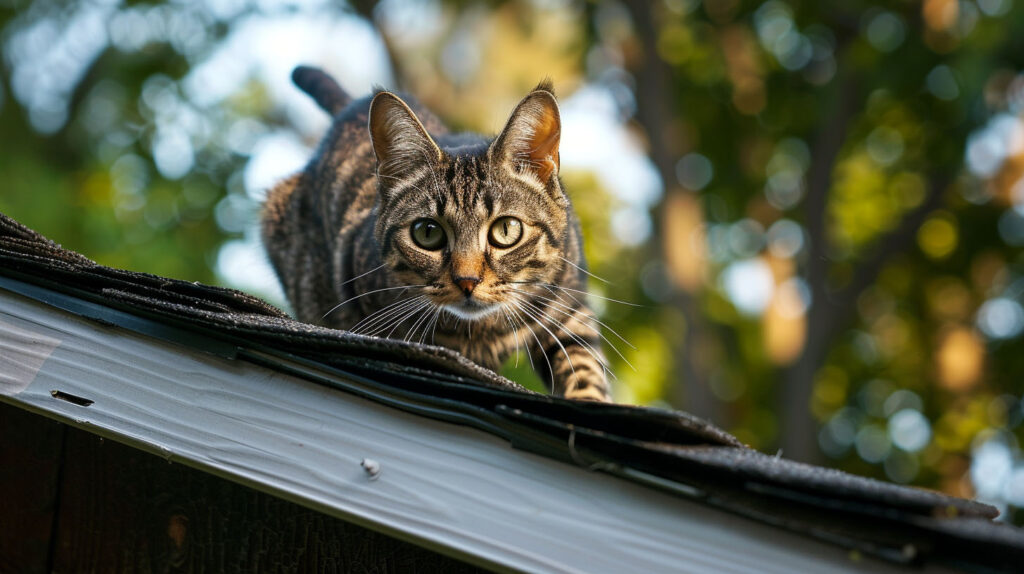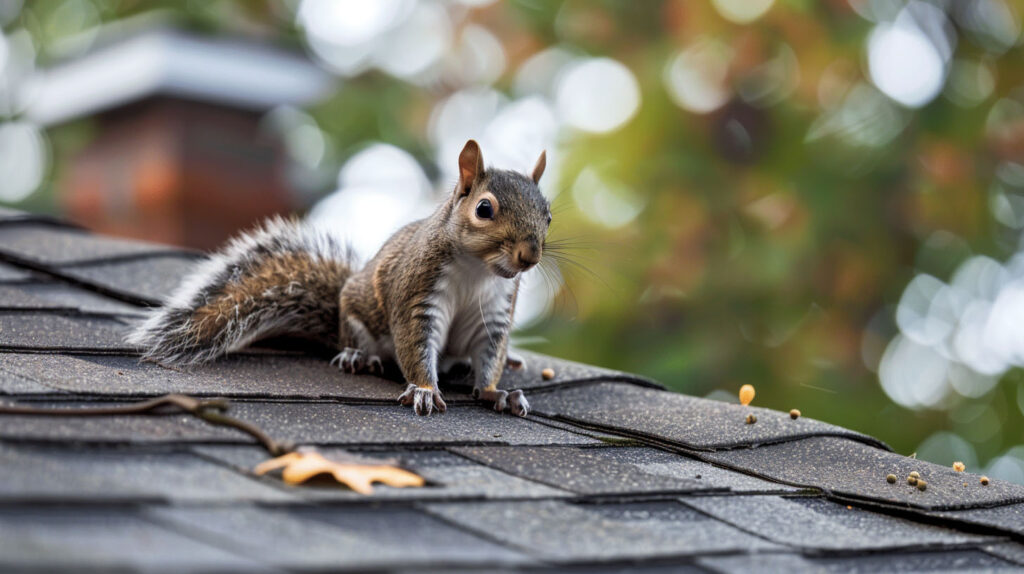How to Prevent Animal Intrusions Through the Roof
Your roof plays a crucial role in shielding your home from external elements, but even the strongest roofs can attract unwanted guests like animals seeking shelter. These intrusions result in health risks and damage that may require repairs to prevent further issues. Specialist Roofing & Repair, offers professional roofing solutions to protect your property from invasions. Read on to explore effective solutions for preventing animal entry, ensuring a safe and durable roof for your home in Long Beach, CA.
Understanding Animal Intrusions in Long Beach Roofs
In Long Beach, animal intrusion is a common issue that compromises the roof’s structural integrity. Small animals often find gaps or damaged areas to squeeze through, causing costly repairs and weakening your home’s protective barrier.
Left unchecked, these invasions can escalate, leading to extensive damage to roofing materials, wiring, and insulation. By understanding the risks, homeowners can protect the durability of their roofs and take preventative measures that ensure the safety of their property for the long run.
Common Animals That Invade Residential Roofs
Residential roofs attract a variety of unwanted guests, including raccoons, squirrels, and birds. These common intruders often seek shelter, especially during severe weather events or when food sources become scarce. Signs of animal activity like chewed wiring or loose shingles indicate that these creatures may have found potential entry points. Additionally, larger animals such as opossums and bats can pose health risks due to their droppings and nesting habits. Being vigilant and employing preventative measures can help maintain the integrity of your home.

Why Roofs are Vulnerable to Wildlife Entry
Several factors contribute to the vulnerability of roofs to wildlife intrusion. Tree branches that overhang provide easy access for animals, acting as a natural bridge to roofs. Additionally, gaps around roof vents, chimneys, and poorly fitted roofing materials create potential entry points, encouraging wildlife to explore your home. Severe weather events can exacerbate these vulnerabilities, displacing animals seeking shelter. Regular inspections and maintenance are crucial in identifying weak points before lead to extensive damage or costly repairs.
Identifying Early Warning Signs of Animal Intrusions
Are you noticing telltale signs of animal activity on your roof? To avoid significant damage, it’s vital to recognize early signs of infestation, such as unusual noises or visible destruction.
Checking for potential entry points, roof damage, or animal droppings can help you act swiftly. By pinpointing these indicators, you can safeguard your roof and resolve issues before escalate, ensuring the peace of mind that your home remains protected. Next, explore some specific signs to watch out for.
Noises, Droppings, and Other Red Flags
Telltale sounds echoing from your roof can be early signs of animal activity. Scratching, scurrying, or chirping noises often indicate small animals seeking shelter. Additionally, droppings or fur left behind signal potential infestations. Inspecting these red flags promptly helps prevent extensive damage to roofing materials and protects your home’s durability. Ensuring regular inspections and addressing these signs can safeguard against health risks associated with pests, providing peace of mind against unwanted guests that might compromise your roof’s integrity.
Visible Roof Damage and Entry Points
Signs of damage on your rooftop can reveal significant vulnerabilities to unwanted wildlife. Look for loose shingles, worn-out flashing, or gaps around roof vents, which can serve as easy access points for animals seeking shelter. Additionally, check for any protrusions, such as chimneys or fascia boards, where small animals might find entry. Regular inspections can help identify these issues early, ensuring the integrity of your home while preventing further damage and the potential health risks posed by animal infestations.

How Specialist Roofing & Repair Protects Your Home
As recognised experts, our award-winning team uses advanced techniques tailored to seal entry points and prevent invasions. Let us protect your home with the craftsmanship and materials homeowners throughout Long Beach rely on for exceptional roof repair.
Advanced Materials and Installation Techniques
Specialist Roofing & Repair relies on cutting-edge techniques to ensure the highest level of protection. This includes using durable steel mesh, installing ridge vents, and reinforcing vent openings with wire covers.
Other measures, like securing potential entry points with drip edges, and debris guards, ensure your roof’s strength against pest problems over time. Professional installation means these methods are tailored to address vulnerabilities unique to your home.
Our team strategically reinforces sensitive areas, reducing the likelihood of animal roof damage, and offering a sustainable solution for years to come.
Routine Inspections and Maintenance Plans
Regular roof inspections play a crucial role in maintaining the integrity of your home. A proactive approach helps identify potential entry points before become invitations for wildlife. Scheduling routine maintenance not only prevents costly repairs but also alleviates the risk of animal damage and associated health hazards. Engaging a professional roofing contractor for thorough evaluations ensures that any signs of damage are addressed promptly, safeguarding your home against unwanted guests and preserving its durability for the long run.

Get in Touch
Preventing animal intrusions through the roof requires a proactive approach. Utilizing professional services, such as those from our Owens Corning Platinum Preferred Contractor and Polyglass Quantum Contractor, along with regular inspections and effective solutions, can significantly enhance the integrity of your home. By identifying potential entry points and implementing preventive measures like trimming tree branches and installing chimney caps, homeowners can enjoy peace of mind. The investment in robust roofing materials and maintenance minimizes the risk of animal damage while safeguarding against costly repairs and potential health risks associated with infestations.
Frequently Asked Questions
How often should I schedule roof inspections to prevent animal entry?
Regular roof inspections should be performed at least twice a year or after severe weather events. Professional assessments aid in spotting entry points, ensuring early action is taken to prevent intrusion and avoid costly roof repair or damage.
How to repel animals from the roof?
Repelling animals begins with installing deterrents such as wire mesh, vent covers, and chimney caps. Removing attractive food sources and scheduling routine maintenance protects your roof and reduces the risk of wildlife activity.
Read our blog: Everything You Need to Know About Ice and Water Shields



